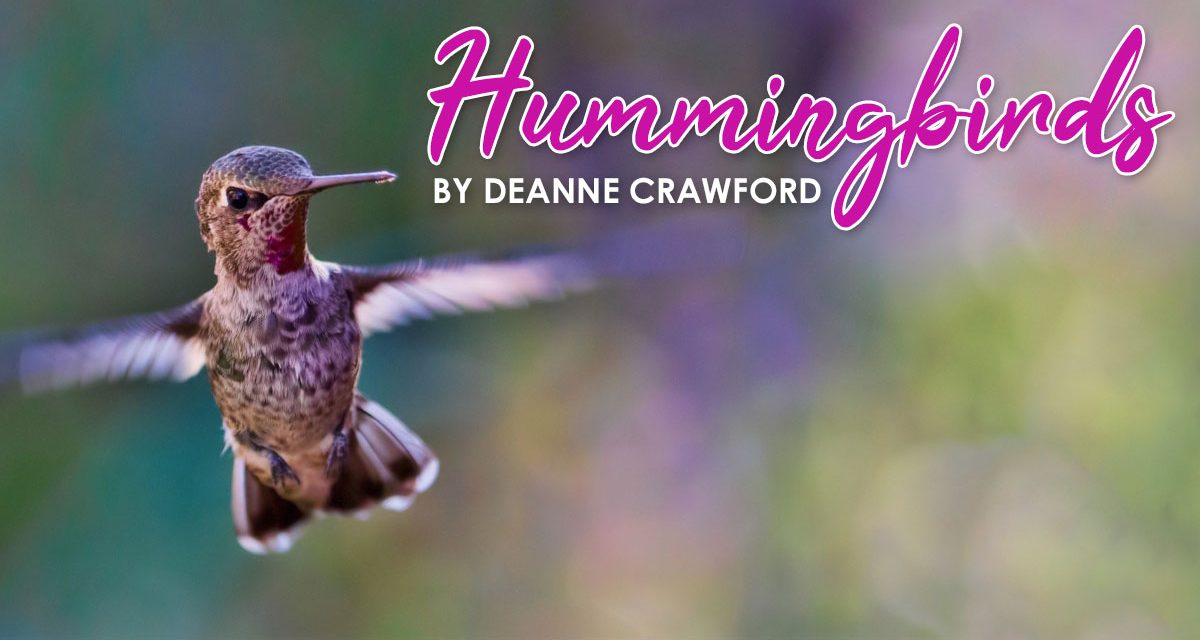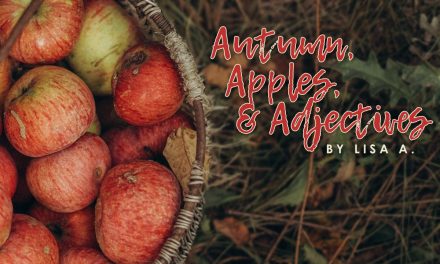Spellbound we watch the tiny, lightning-fast hummingbird swoop down. Vibrating hums and light chirps fill the air; we are captivated. One of the spring-time highlights for the Rainbow staff is the arrival of hummingbirds! At first sight, we scramble to purchase new window feeders and place them strategically outside our windows. What is so special about these tiny creatures that fascinate children and adults alike? Join your children today and learn a little about these beloved birds.
Native to the Western Hemisphere, there are more than 300 species of hummingbirds, but only a fraction can be found in North America. Due to their high nutritional needs, hummingbirds migrate in the spring (and fall), to find the nectar necessary for survival. Kid’s Discover magazine has an excellent introduction to migration. The farthest documented migration was a Rufous Hummingbird who flew a whopping 3,500 miles. Your children may find it interesting to monitor spring migration sightings on this map from Hummingbird Central.
Diminutive in size, they are the smallest of birds, ranging from 5 cm (the Bee Hummingbird) to 20 cm. (Giant Hummingbird), with the average size being 7.5 cm and weight between 2 and 20 grams. If you have a penny, hand it to your children and have them note how light it feels. A penny weighs 2.5 grams. How does that compare to the average hummingbird?
If your children have watched a hummingbird, ask them how fast they think a hummingbird can fly. Hummingbirds can fly forward, backward and dive. The average forward flying speed is approximately 30 miles per hour and 60 miles per hour in a dive. If possible, take your children out for a car ride, roll down the window and have them put their arm out. Take the speed up to 30 mph and then 60 mph. Younger children may find this frightening and may feel more comfortable placing a windmill or small flag outside their window. Ask your children to describe how this speed felt. To achieve this speed, hummingbird wings beat between 50 and 200 flaps per second depending on the direction of flight, the purpose of their flight and the surrounding air conditions. Just for fun, have your children move their arms as fast as possible and count the movements. Can they reach 50 movements in one minute? Imagine doing this in one second!
In order to move their bodies so rapidly, hummingbirds have a tremendously fast metabolism. This is why you see them either on flowers or a feeder frequently. Hummingbirds require a high level of calories in order to survive. In fact, their metabolism is 100x that of an elephant! Hummingbirds need to eat about 7 times per hour for 30-60 seconds each time. Contrary to popular belief, the hummingbird beak does not work like a straw, allowing them to suck nectar (or sugar water). Rather, they lap up nectar with their “W-shaped” tongue. There are also tiny hairs on the tip of the tongue to aid drinking. Nectar is not the only food enjoyed by the hummingbird. Roughly one-third of a hummingbird’s diet consists of mosquitoes, spiders, gnats, fruit flies, and sometimes even small bees. Fun fact: during a rain storm, hummingbirds will eat small insects rather than nectar.
Earlier, I mentioned the excitement in the Rainbow office when our first hummingbird appears. Yes, we call it “ours” because hummingbirds are known to have a fantastic memory and will return to the same feeder(s) every year, as the final destination and along the journey. Some years the hummingbirds arrive before the nectar-supplying flowers are in bloom, which gives you a perfect reason to place a feeder outside your home. Feeding these beautiful birds is an amazing way to learn first hand about one of God’s amazing creations. Once you select your feeder (tip: purchase one with a red base or red bottle), wisely chose your food. Most experts recommend using commercially prepared food without red dyes or making your own. Making your own hummingbird mixture is quite simple and inexpensive. Combine four parts hot water to one part sugar. Mix it up until it’s completely dissolved. Once it cools to room temperature; it’s ready. If you plan on making a large batch and store it in the refrigerator for refills, it is best to bring the mixture to a boil, and cool. This mixture will last 4-5 days in your feeder (unless the hummingbirds empty the feeder!) or until temperatures reach 85 degrees (or warmer). Then it is recommended you change the sugar mixture daily. Most experts recommend cane sugar, although beet sugar is okay. Turbinado, raw, brown or organic sugar may be deadly to hummingbirds, so avoid using. Also dangerous to hummingbirds is honey, artificial sweeteners, and molasses. Many people find bees also enjoy their feeders. If this becomes problematic, hang the feeder in the shade, as most bees prefer to feed in the sun. Another way to encourage hummingbird visitors is to plant a wide range of flowering plants, especially those with trumpet shaped flowers like columbines, honeysuckle, bleeding hearts and trumpet vines.
Watching and observing hummingbirds are fascinating for children of all ages. If time allows, sit quietly and observe the hummingbird. Notice the color, the wing movement, the darting up and down and side to side. If you do not have hummingbirds in your area, Nat Geo has a short video here. Take time to sketch your visitor in a notebook or journal and note the time, place and type of hummingbird. While the Ruby-Throat is most common in the U.S., others may appear at your feeder. An online guide can be helpful for identification. But, alas, my hummingbird visitors have arrived and are vying for attention. Thank you for sharing in my passion today. I pray you have been inspired by the beauty around us.
~Deanne





